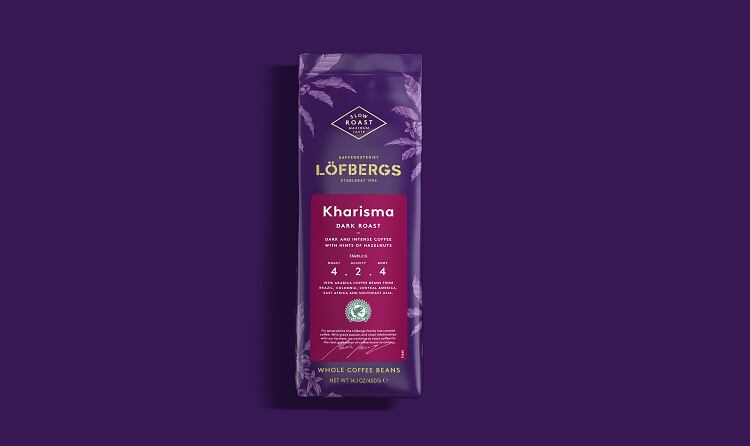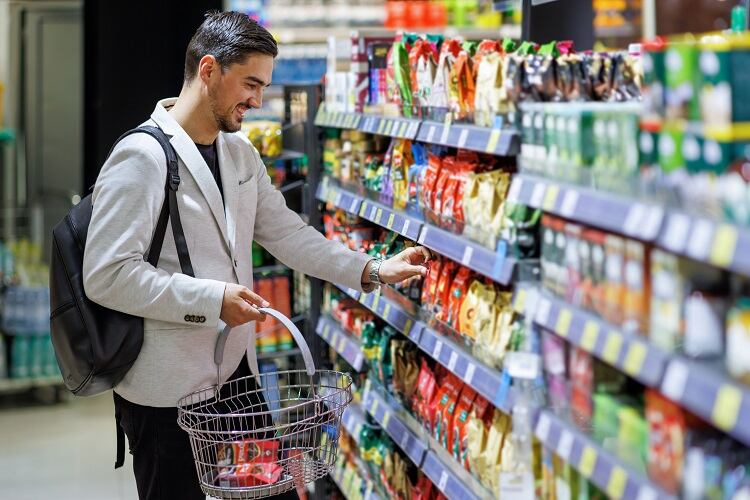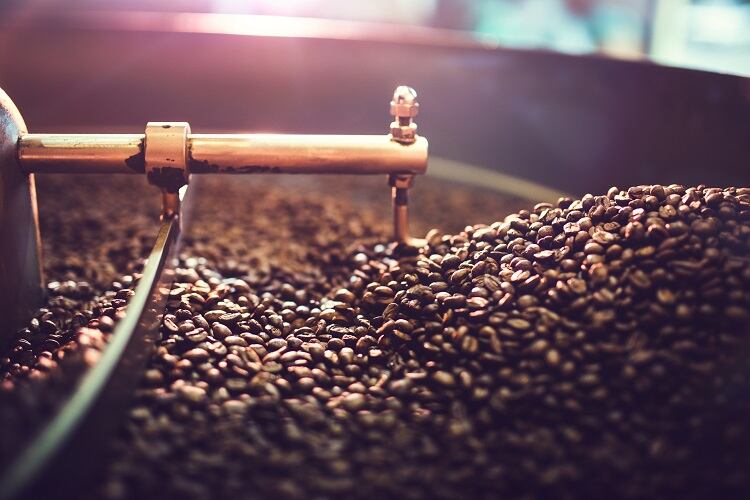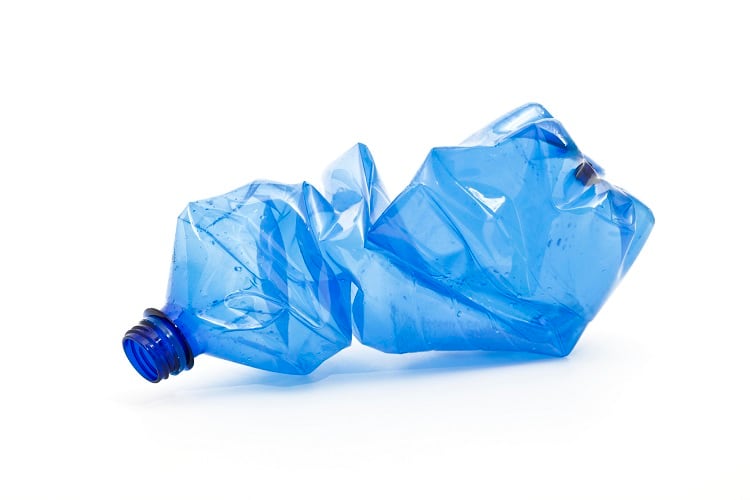Coffee packaging demands inherent functionality. Not only does it need to ensure shelf-life, but it must also protect flavour and – in the interest of marketability – have visual appeal. To meet demand for the mass market, coffee packaging should also run efficiently on existing packaging lines.
Historically, functional coffee packaging has been achieved with a triple layered structure made up of PET, aluminium, and polyethylene. While this solution runs well on packaging lines and provides a good barrier against oxygen, moisture, and light, they are not easily recyclable.
With packaging waste in the spotlight – the European Commission is proposing to set packaging recycling targets via its EU Packaging and Packaging Waste Regulation – the pressure is on to develop functional solutions for industry that are easier to recycle.
A collaboration between Swedish coffee roaster Löfbergs and packaging supplier Amcor has sought to do just that.
Preserving the flavour and aroma of coffee
Löfbergs and Amcor have a ‘longstanding’ partnership, explained Trevor Davis, marketing director, coffee, pet care & specialty at Amcor.
“Our journey started with the phaseout of fossil plastic in their packaging and transition to bio-based alternatives. Today, the coffee producer has switched to our [mono-material] coffee soft packs,” he told FoodNavigator.
The new pack is a combination of polyethylene films and an Amcor barrier coating – a thin layer of high-performance plastic EVOH – which Davis said makes it ‘ideal for recycling’. “Once disposed of properly, the product should begin its next journey as feedstock for mechanical or chemical recycling.
“As someone who has worked with mechanical and chemical recycling, I have seen first-hand that these structures have a valuable role to play as feedstock for another product.”

From a functionality perspective, the EVOH layer provides an ‘excellent’ barrier to preserve taste and aroma, with results similar to metallized coatings. As Davis explained, metallized coatings can provide a good barrier to light, moisture and oxygen, but they can be difficult to recycle. “By using less EVOH, the packaging can be more easily recycle, and can be recovered and reused.”
The flexible packaging format meets the needs of the value chain, we were told. “In the coffee industry, flexible packaging has been used for roast and ground coffee for decades. It is lighter weight, convenient, and offers product production – in addition to providing coffee brands with an opportunity to better highlight new flavours and attract customers.
“Flexible packaging is also ideal for the e-commerce channel. Robust, e-commerce ready packaging is key to avoid burst packs, for coffee products travelling through the e-commerce supply chain.”
This is significant, given that the average e-commerce pack is dropped 17 times on route. “The toughness of multi-layer packages, and their ability to flex upon drops and additional handling makes it ideal for online channels.”
Aligning with the Circular Economy for Flexible Packaging
But being flexible is not enough. Pressure is mounting for makers of flexible packaging to improve its sustainability credentials, with more than 180 European companies, associations and organisations committing to the Circular Economy for Flexible Packaging (CEFLEX).
Its objective is to make all flexible packaging in Europe circular by 2025.
“As the world moves towards circularity, the focus is now on creating packaging that complied with CEFLEX design for recycling guidelines and can offer significant carbon footprint reduction compared to previous packaging, with no compromise on performance,” said Amcor’s David.
For Löfbergs, the solution helps reduce its packaging footprint. Compared to its previous coffee packaging, the new pack has a 55% reduced carbon footprint.
“This is an amazing step forward – not just for us, but for the entire coffee industry,” said Madelene Breiling, head of operational development at Löfbergs.
“We believe that our innovation is ground-breaking. Until now, most coffee packages on the market have been multilayer, flexible plastic laminates that are not suitable for collection, sorting or recycling. Our challenge was to find a thin packaging solution made of a mono polymer that run seamlessly on high-speed machines.”
The roaster also had to ensure the packaging would maintain the same efficiency targets, low energy consumption, and ‘most importantly’, the same barrier properties to avoid affecting production and shelf-life. Above all, Breiling stressed, it had to preserve freshness and aroma.
“The new packaging material had to comply with regulatory requirements in our focus markets. [Amcor’s solution] for coffee met all these criteria, and we believe that we are now at the forefront of development more sustainable coffee packaging solutions.”

Amcor’s recyclable packaging for coffee is not the only solution on the market, but the supplier believes it offers ‘more advantages’ than its competitors, such as reducing overweight and excess plastic, and minimising the EVOH content while maintaining the desired barrier levels.
“The product has been widely tested over 50 packaging lines, indicating that it is fully industrialised – and not a prototype or pilot product,” Davis told this publication.
The innovation is helping both companies work towards their separate sustainability goals: Löfbergs to achieve zero waste by 2030, and Amcor to make all of its packaging recyclable, reusable, or compostable by 2025.
Löfbergs’ new coffee pouch has already launched into stores in Sweden.




